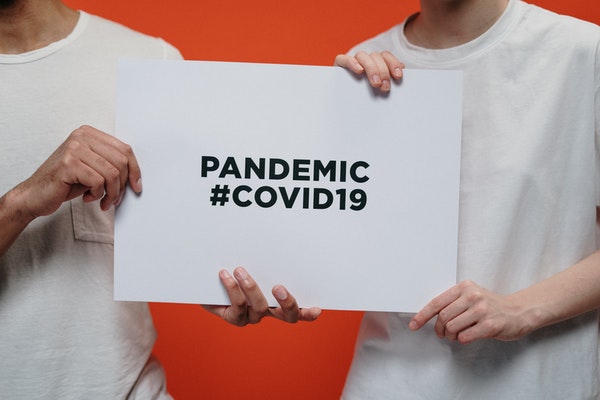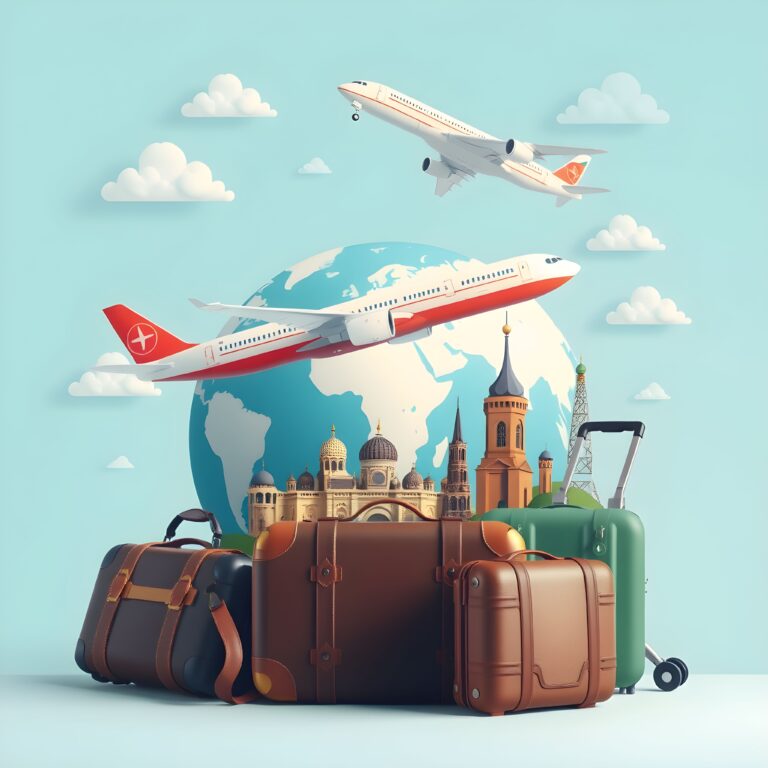COVID-19 hasn’t yet ended, but an increasing number of people are planning domestic and international travel.
Whether you’re traveling by plane, train, car, or RV, your travel preparations go beyond things like packing extra face masks.
In the last two years, our worlds have changed dramatically due to the Coronavirus outbreak. Unfortunately, short-term solutions will not solve the problem. Among the few sectors that have been hit as hard as healthcare, travel continues to struggle.
It would be best if you avoided traveling until you’ve taken all necessary precautions. By fully vaccinating yourself, you may be less susceptible to COVID-19; however, traveling internationally may mean more exposure to new virus strains.
Here you will find information to support your decision about travelers’ health during the COVID-19 epidemic (the Coronavirus).
1. You need the COVID-19 vaccine
When you or those you travel with have not been vaccinated, you might consider taking the COVID-19 test the days before departure. As low as possible are your chances of unwittingly bringing the disease into your surroundings.
Before visiting international destinations, you might need to undergo tests, even if you are vaccinated. It is riskier to travel unvaccinated because infection rates are still high, and hazardous strains cause increasing infections.
The vaccines can actually block the spread of serious illnesses due to these variants, but they may not provide all of the protection against infection.
2. In public areas, wear a face mask.
You should always wear a face-covering when using public transportation, such as trains or planes, even if you are fully vaccinated.
The use of a face mask reduces the number of viral particles transmitted from person to person. You should have extra face masks handy just in case your current one becomes soiled or lost. Be careful when handling your mask and wash your hands afterward.
3. Don’t get too close to people.
In public spaces, such as airport terminals, people often hear the advice to “keep 6 feet away”. However, this distance is the minimum you should maintain when communicating with other people.
If you are feeling ill, you should put yourself as far away from others as possible. While physical distance may be impossible inside an airplane or a train, remain as far away from people as you can while traveling.
4. Plan your travels
It’s safest to travel by car without vaccination, especially if you can reach your destination within that day not to infect others. It is convenient and relatively safe to fly. However, at this time, masks are still required for airplane passengers.
Some states require their visitors to self-quarantine after arrival at their lodging for ten days. CDC guidelines suggest that vaccinated people should not be quarantined. For currently, some countries have banned all travelers because of COVID restrictions.
Final Thoughts
The COVID-19 pandemic can be safely managed if you take health precautions and follow safety guidelines.
There is no doubt COVID 19 will continue for a long time. Nevertheless, it is important to get vaccinated quickly, follow a few health guidelines, and enjoy your trip if you plan to travel.
Check health information and travel advice based on your location, your route, and your destination. Be prepared for changes in travel restrictions and policies during your trip. State, local, and territorial travel restrictions vary.












